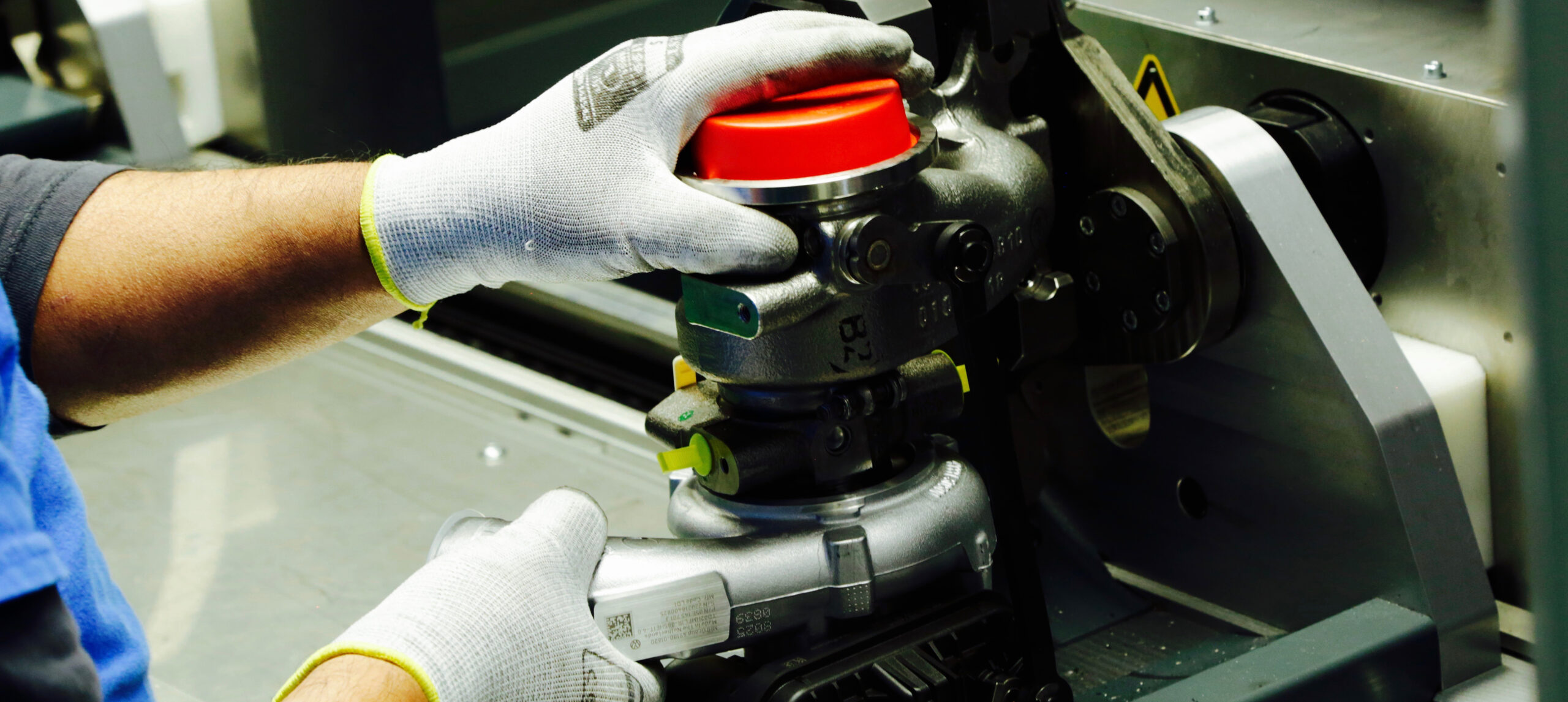The importance the British place on reliability of their tanks ITTL, is very satisfying to read I will not lie. That we have several preproduction models being made availlable for testing, seeing how interchanging of individual components is received and what lessons they do or do not learn from it.
Though, considering ITTL course of events, where Valiant itself (while an excellent tank) was not anything revolutionary, in itself. It was an evolution IMO, where majority of its components have existed in some form or another before, and have had time to mature individually. We are seeing this too, and while some German tanks may have superiority in some "hard" factors even over Vickers Victor, better use of armour by the British, as well other developments doctrine and equipment wise, and greater time spent testing and refining the design could result in some German advantages over their British (and Allied forces in general) being lessened or even gone entirely.
Not to lie, I like a good argument over particular calibers, one learns a huge amount, but there is much more to a tank then just its gun. Sherman is an excellent example of that, likely joined by the Valiant ITTL. The ability of Valiant to be fitted with rebored 6pdr/75mm is an advantage to be sure, it allows Valiant to stay relevant on the battlefield, especially now that British have finally getting guns capable of firing both decent AP and decent HE round. Very much in line with PzIII and IV, where it might be getting outmatched by newer enemy vehicles, but a tank is a tank, especially considering rough technical parity on both sides.
Do not think what they might do to our tanks, think what our tanks can do to our enemies. It matters suprisingly little (OTL or ITL) how much "superior" German tanks are to their enemies, if their enemies infantry divisions have more (and perhaps when taken as a whole superior) tanks then German Panzer Divisions cca. 1944.
Great work Allan, this has become one of my favourite TL, dare I say perhaps better then "Shipshape"? Maybe it is a more narrow area of history we are dealing with, instead of you rewriting first few years of WW2, while having to also deal with plethora of other changes, be they political, technical or of some other kind. Not to mention having a lot of people pulli g in each and every direction. Either way excellent work so far!
